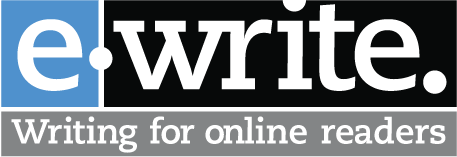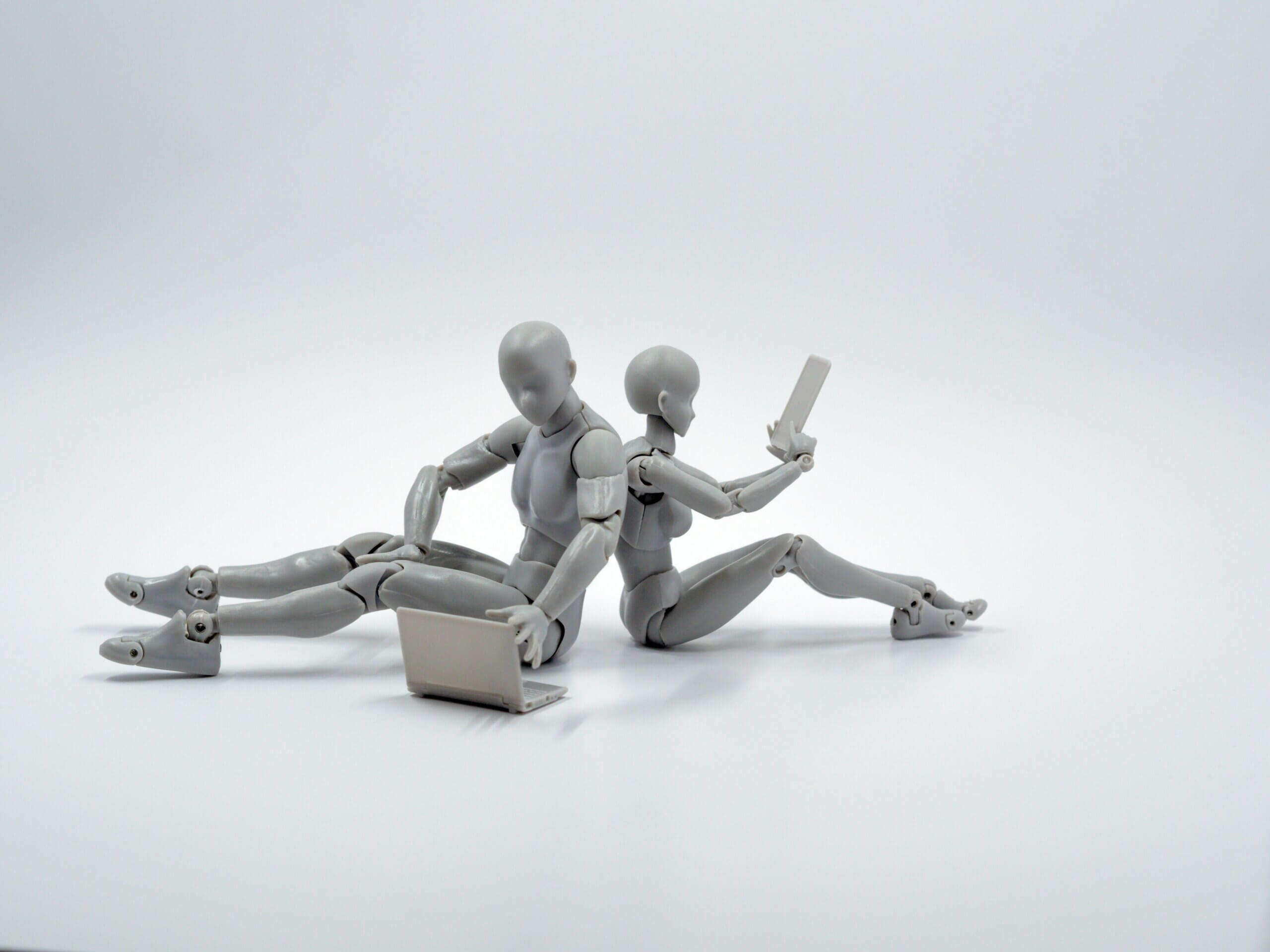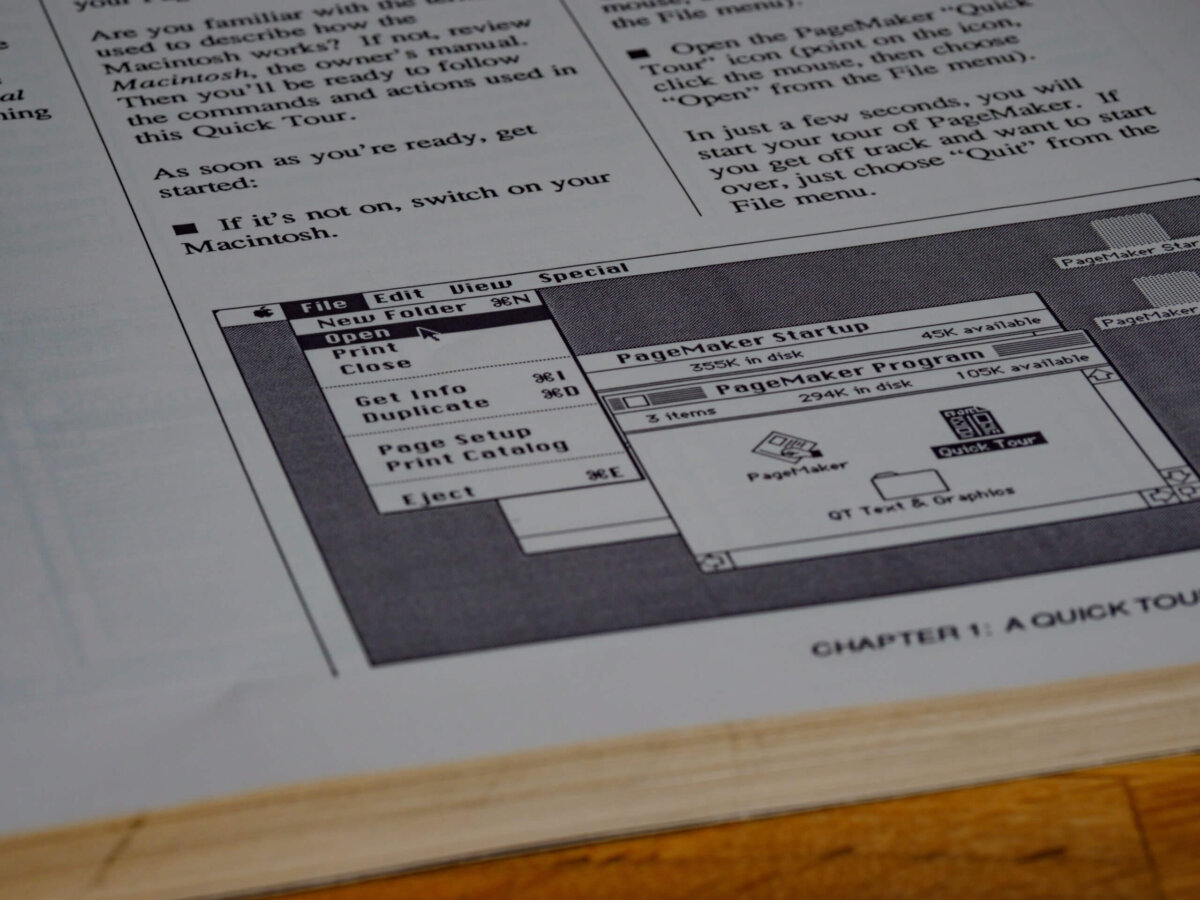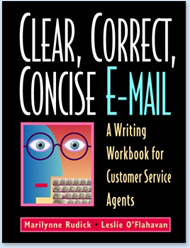It seems as if I can never quite catch up with my e-mail. After reading Mark Hurst’s book Bit Literacy about coping with e-mail overload, I did actually get to the goal of having zero e-mails in my inbox. I confess that didn’t last long.
Mark has great ideas for improving e-mail productivity. But one strategy that Mark only touches lightly is writing e-mails that are clear, concise, and easily acted on (our forte!). So, while you’re whittling away at your inbox, keep these e-mail writing tips in mind.
1. Write with BLUF
Put your Bottom Line Upfront (BLUF). Don’t bury your main point in the middle or end of your e-mail. A busy reader may not get there.
2. Write a Specific Subject Line
Write a subject line that previews the message and lets the recipient triage the e-mail:
- Open immediately
- Open later
- Archive/file
- Delete
And don’t forget to change the subject line when the topic of the e-mail exchange changes.
3. Write With a Professional Tone
It’s not just the flames that get you in trouble. Sometimes the messages you dash off can sound curt, rude, or even angry. Choose words with care. Consider the tone conveyed by these similar words: (screw up, mistake, fault, slip up, error). Take an extra second to check your tone. (Using please or thank you may help.)
4. Tell Them What Action to Take
Don’t leave the reader wondering why you sent the e-mail and what you want. Convey the desired action clearly, boldly, and early in the message.
5. Write Short
To make your e-mails easy to read, write short sentences and paragraphs. If you have several topics for an e-mail, consider putting them in separate e-mails so that important information isn’t overlooked.
6. But if It’s Long. . .
If it’s necessary to send a lengthy e-mail, let the reader know your message is about more than one thing. Preview the topics in the first paragraph; use headings to signal new topics.
7. Don’t Send Unnecessary E-Mail
Resist the temptation to send copies to everyone. Define and narrow your audience to those who need the information. Know when to end an e-mail thread. (One response: “Thanks for lunch” is sufficient. No need to keep the exchange going: “I enjoyed it too”. . . “Terrific dessert” . . .)
8. Use Correct Punctuation and Grammar
All lowercase text is acceptable in a quick text message. But if the e-mail has a long shelf-life, is important, or is being sent to someone you don’t know, use standard grammar and punctuation.
–Marilynne Rudick (guest blogger)
Tags: E-mail






Another good practice is not to use all capital letters in the subject line or in the body of the message. Some people still think the best way to get readers’ attention is to use all bold caps.